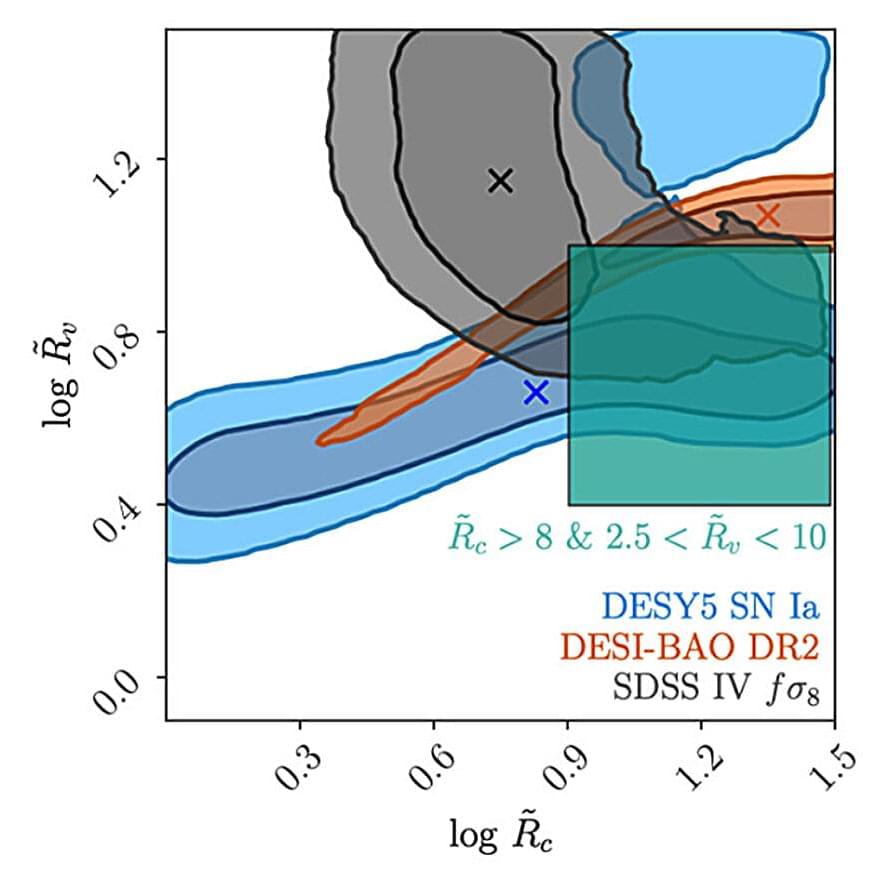The synthetic biology platform accelerates protein evolution thousands of times faster than nature for broad therapy applications.


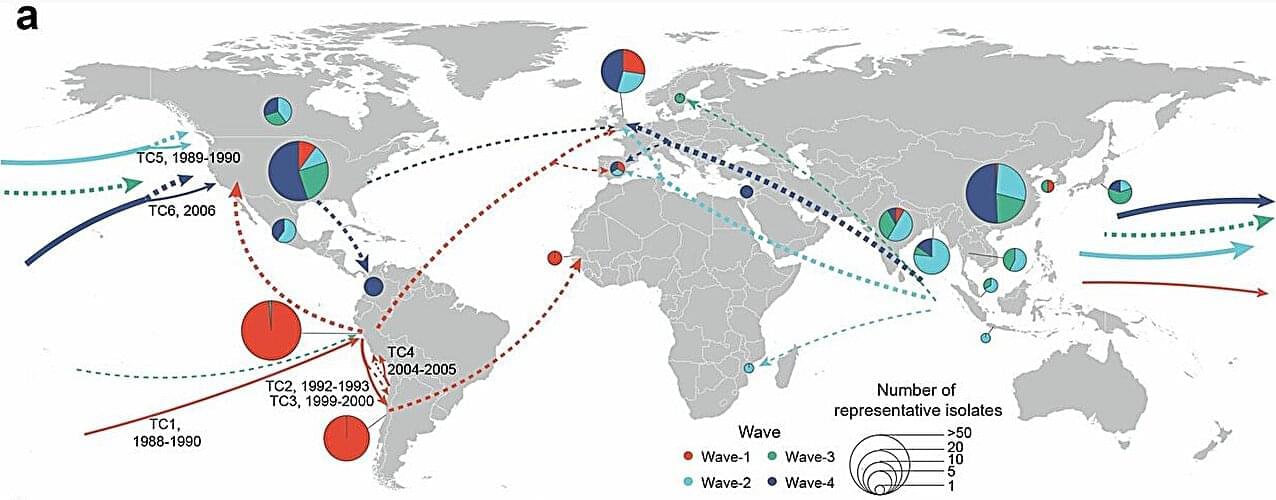
A study published in Nature Ecology & Evolution reveals a surprising evolutionary insight: sometimes, losing genes rather than gaining them can help bacterial pathogens survive and thrive.
The study was conducted by a group of scientists and coordinated by Jaime Martínez Urtaza, from the Department of Genetics and Microbiology of the Universitat Autònoma de Barcelona (UAB); Yang Chao and Falush Daniel, from the Shanghai Institute of Immunity and Infection, Chinese Academy of Science; and Wang Hui, from the Shanghai Jiao Tong University.
When we think of evolution, we often imagine organisms changing or gaining new genes to adapt, such as growing wings, developing resistance, or evolving new behaviors. Across the tree of life, both spontaneous mutations and gene acquisition are classic tools of adaptation. However, in this study, researchers went down a lesser known and scarcely explored evolutionary path, the one of gene loss.
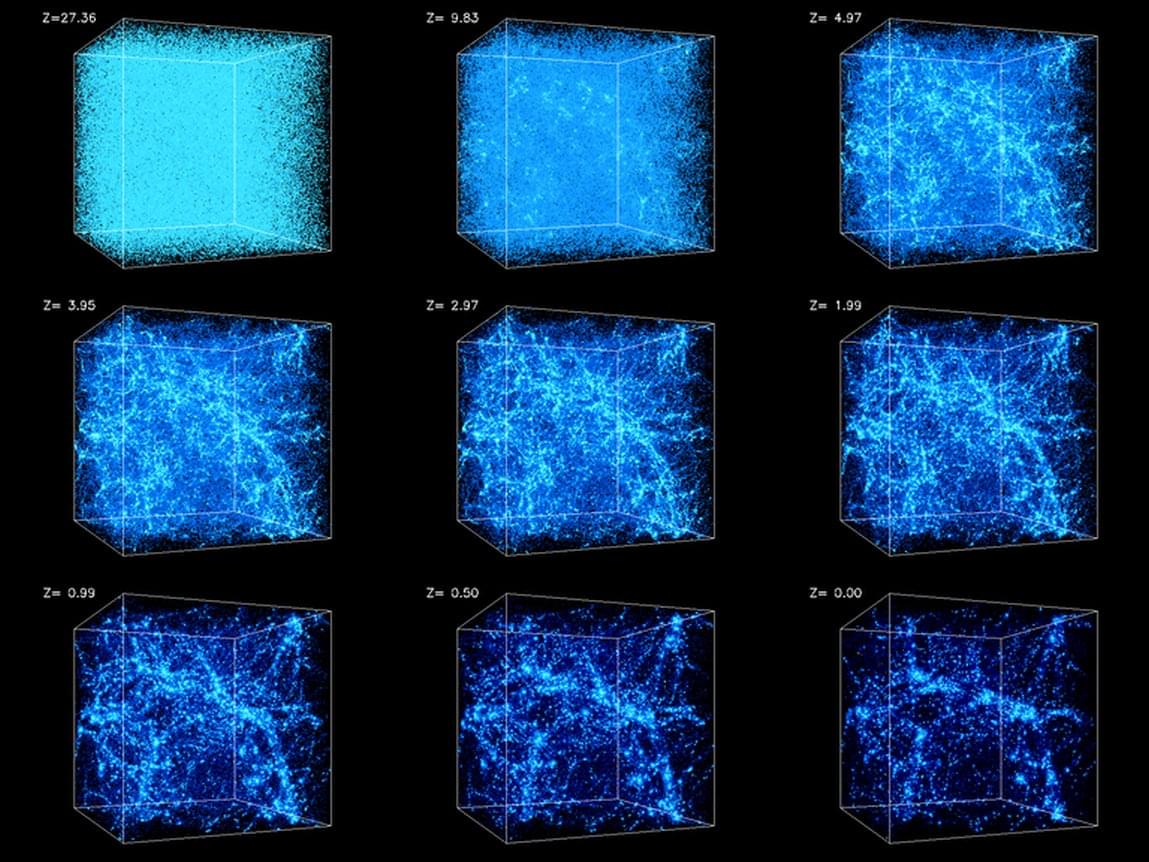
For nearly a century, cosmologists have relied on a simplified model of the universe that treats matter as uniform particles that don’t interact with each other. While this approach helped scientists understand the Big Bang and the expansion of space, it ignores a fundamental reality, that our universe is anything but uniform. Stars cluster into galaxies, matter collapses into black holes, and vast empty voids stretch across space, all constantly interacting through gravity and other forces.


One of the defining features of humans is our brain’s remarkable capacity for language, planning, memory, creativity, and more. These abilities stem not just from our large brain size, but also from the folded structure of the brain’s outer layer, the cerebral cortex.
A new study, published in the journal Nature Communications, offers insight into how these wrinkles form, pointing to a range of contributing factors—including the number of early-stage brain cells, how they migrate during development, and the specific types of cells involved.
These findings may help guide future research into brain development, evolution, and health.

Ryugu is another asteroid for which we have a sample, collected by the Hayabusa-2 mission. Despite their differences, Ryugu and Bennu also share similarities, and Ryugu, too, had plenty of organic materials, simply not as much of them.
Bennu’s parent body seems to have formed from a really different set of materials from across the Solar System, and it might have formed further away from the Sun, too.
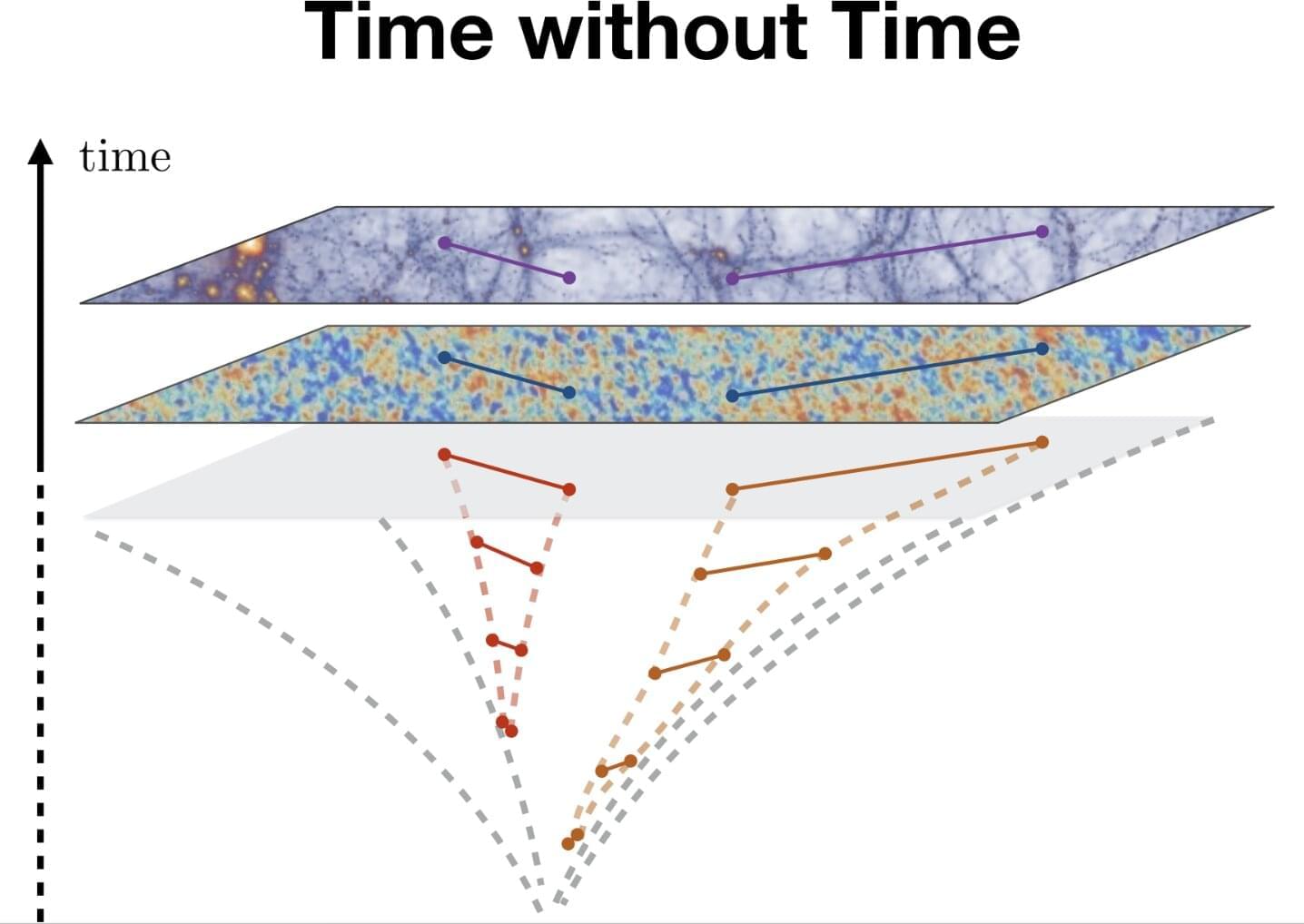
To study the origin and evolution of the universe, physicists rely on theories that describe the statistical relationships between different events or fields in spacetime, broadly referred to as cosmological correlations. Kinematic parameters are essentially the data that specify a cosmological correlation—the positions of particles, or the wavenumbers of cosmological fluctuations.
Changes in cosmological correlations influenced by variations in kinematic parameters can be described using so-called differential equations. These are a type of mathematical equation that connect a function (i.e., a relationship between an input and an output) to its rate of change. In physics, these equations are used extensively as they are well-suited for capturing the universe’s highly dynamic nature.
Researchers at Princeton’s Institute for Advanced Study, the Leung Center for Cosmology and Particle Astrophysics in Taipei, Caltech’s Walter Burke Institute for Theoretical Physics, the University of Chicago, and the Scuola Normale Superiore in Pisa recently introduced a new perspective to approach equations describing how cosmological correlations are affected by smooth changes in kinematic parameters.
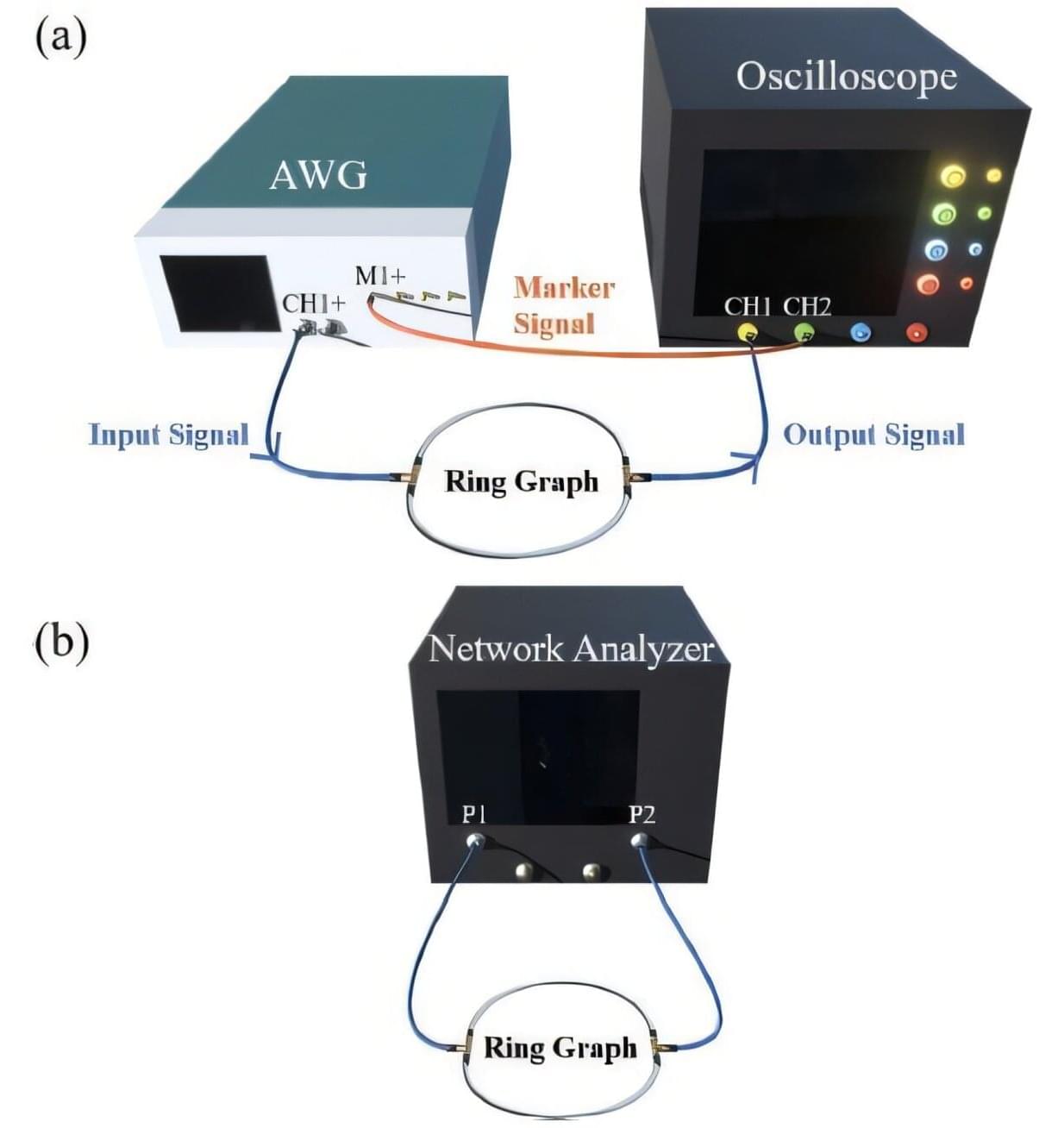
Inside the system, the light wave’s velocity typically changes; such a system is called a “dispersive medium.” In particular, the scattering matrix for a dispersive medium can provide the time delay of the wave’s transition from incoming to outgoing—how long the wave stays in the system.
The time delay, in turn, provides scientists, engineers and technicians with parameters such as the phase evolution of quantum waves, the delay of a wave group in a fiber optic cable and the group delay in waveguides, among other quantities.
But what to make of the imaginary parts of the scattering matrix? In a 2016 paper in Nature Communications by lead author M. Asano of Japan, a group of scientists from several countries around the world recognized that for light pulses that meet certain requirements, the imaginary part of the scattering matrix—more precisely, the real number before “i,” the square root of-1—represented the “frequency shift” of the transitioning wave due to its passage through the scattering system. In particular, it represents the shift of the frequency in the center of the pulse (shaped as a Bell curve, a Gaussian distribution) of the incoming light pulse.
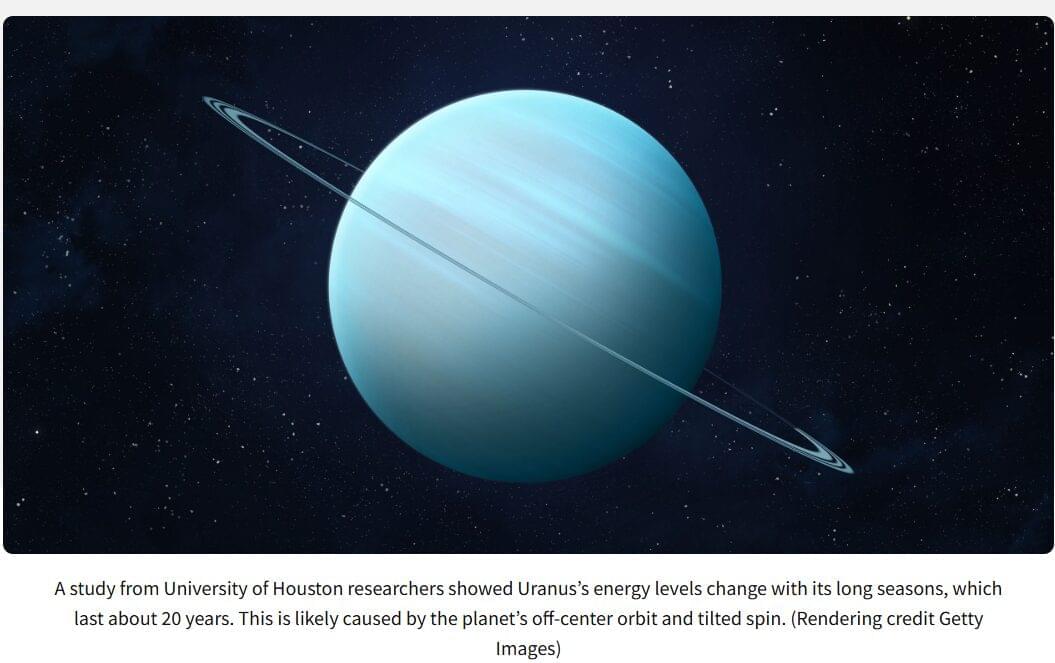
For decades, scientists puzzled over why Uranus seemed colder than expected. Now, an international research team led by the University of Houston has solved the mystery: Uranus emits more heat than it gets from the Sun, meaning it still carries internal warmth from its ancient formation. This revelation rewrites what scientists know about the ice giant’s history, strengthens the case for NASA’s upcoming mission, and offers fresh insight into the forces shaping not only other planets, but also Earth’s future climate.
A new study led by University of Houston researchers, in collaboration with planetary scientists worldwide, suggests Uranus does have its own internal heat — an advance that not only informs NASA’s future missions but also deepens scientists’ understanding of planetary systems, including processes that influence Earth’s climate and atmospheric evolution.
The discovery resolves a long-standing scientific mystery about the giant planet, because observational analyses from Voyager 2 in 1986 didn’t suggest the presence of significant internal heat — contradicting scientists’ understanding of how giant planets form and evolve.
